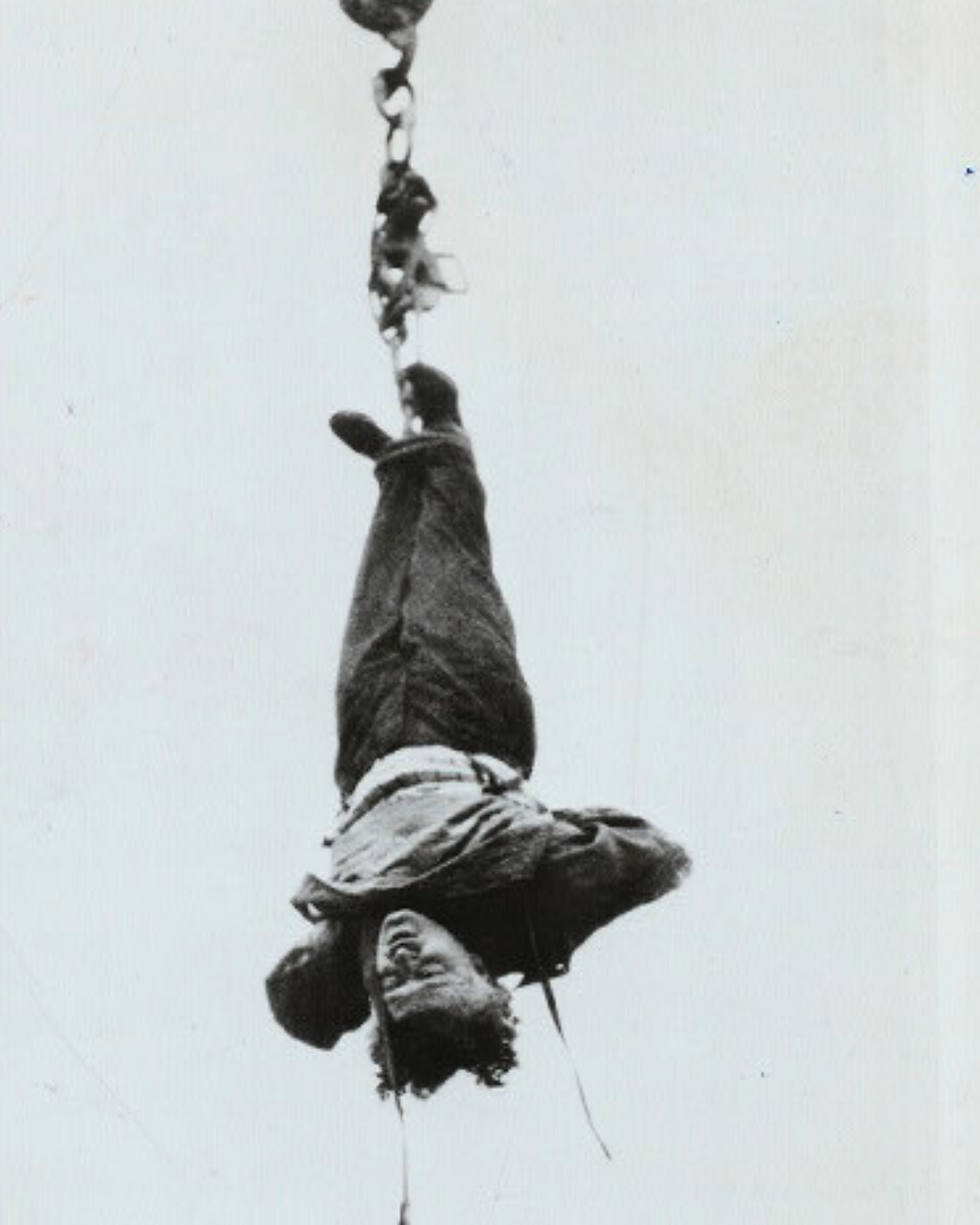The History of Harry Houdini
- Abby Brenker
- Aug 13, 2024
- 4 min read
Despite being born in the 1800s, Harry Houdini remains one of the most famous magicians and illusionists of all time. This is the history of Harry Houdini.

Houdini was born Erik Weisz on March 24th 1874 in Budapest, Hungry. He was one of seven children in the family. Four years after his birth, his family immigrated to the United States and settled in Appleton, Wisconsin. His father worked for a period as a Rabbi but after losing his job the family moved to Milwaukee and fell on hard times before moving again to New York City.
The Weisz family lived in a boarding house on East 79th Street and Erik worked a few odd jobs to help the family. When he was only 9 years old he started out as a trapeze artist. He was called “Erik, the Prince of the air.” In 1891 Erik read the biography of French Magician Jean Eugene Robert-Houdin. The biography both inspired his stage name, Houdini and motivated Erik to pursue a career in magic.
Erik added the “i” to the end of Houdin because he incorrectly thought that adding an “i” to the end of a word in french meant “like.”

It took Houdini many iterations and failures to finally find his path. He tried several different types of acts and magic. Working as a strong man, a stand by act in a circus and even trying his hand at cards. For a while he called himself the “King of Cards,” despite his lack of notoriety and success.
In 1893, Houdini and his brother Dash were working in Coney island, their act was known as the “Brothers Houdini.” It was during this act that the brothers met a fellow performer named Wilhamena Beautrice Rahner, known as Bess. Both brothers had romantic interest in Bess, but Houdini married her the following year. Bess replaced Dash in the act, which was changed to “The Houdinis.” She worked as his assistant for the rest of his career.
Later on, Houdini signed on manager Martin Beck, who advised him to focus on his handcuff escape trick and lean into escape magic on the vaudeville circuit. This change helped to boost his career into new levels of fame.
In 1911 Houdini escaped from the belly of a whale, because he was dared to do so by a Boston businessman. He was restrained in shackles and handcuffs supplied by the police and put inside the of a whale, which was sewn and chained up as well. It only took him 15 to get out, though he nearly died from the Arsenic that was being used to embalm the beached whale.

One of Houdini’s signature tricks was the Milk Can Escape. When this trick started out Houdini would be placed inside a Milk Can with water, which could kill him if he didn’t escape. He’d even ask the audience to hold their breath as he did. Later this evolved to include locking the milk can inside of a padlocked chest to make it even harder.
Two of his biggest tricks were the water cell escape and the straight jacket escape. In both Houdini hung upside down, suspended by his feet. In the straight jacket trick, he would escape from the jacket while suspended many stories over a watching crowd below. In the Water Cell Escape his feet would be locked in stocks while he was lowered into a tank filled with water.
The audience could see right into the tank. His assistant would stand by with an ax to break the glass if he couldn’t get out. One time in the East River he escaped from a packing crate weighted with lead totalling over 200 pounds. He escaped in less than a minute. Over the years his acts also involved being buried alive, escaping from a cell on Murderer’s Row and swallowing needles and thread.
In his free time, Houdini took to debunking spiritualism and those claiming to be mediums. Because of his keen eye for performance and illusion, he was able to critique mediums and spiritualists that had duped audiences. He was a member of Scientific American, which offered monetary prizes to any medium or psychic that could prove their abilities. The prize was never awarded to anyone. Houdini was also a Freemason.

On October 26th 1926 Houdini and his crew were setting up for a show in Michigan. He had a raging fever of 104 degrees. A few days before this, someone named Whitehead had punched Houdini a few times in his abdomen while he was touring in Montreal. Whitehead did this with permission from Houdini, to prove that he would survive it. Houdini was actually seated during this encounter because he had recently broken an ankle while performing. He didn’t have time to prepare for the blows. Despite the pain he was in from the punches and his broken ankle, Houdini still insisted on performing that evening. He was diagnosed with appendicitis but still refused to go to the hospital.
Finally, his wife Bess called in a physician to examine him and they forced him to go to the hospital in Detroit. It was ruled that the punches to his abdomen had caused his appendix to rupture.
After his appendix ruptured, he passed from complications from Peritonitis, inflammation of the peritoneum, the lining of the inner wall of the abdomen and cover of the abdominal organs. Harry Houdini died on October, 31st 1926. He was 52 years old.
His last words: “I am tired of fighting….I do not want to fight anymore.”
He is buried in Machpelah Cemetery in Queens, NYC.
Comments